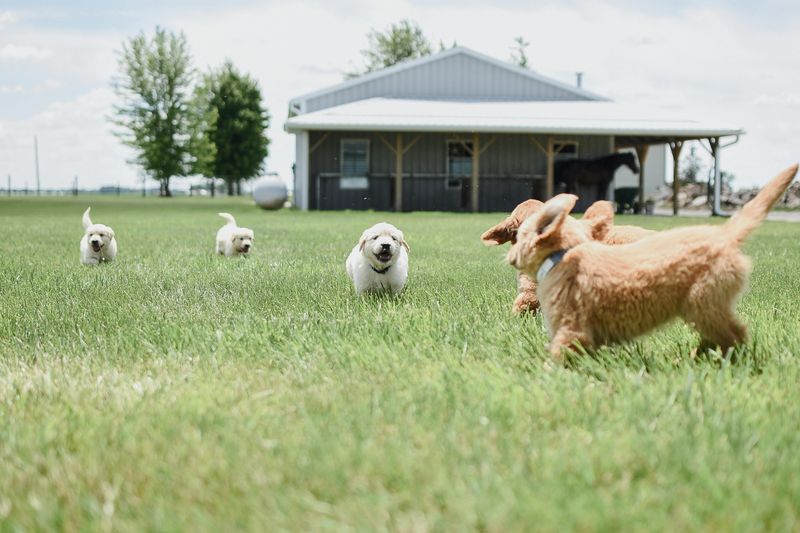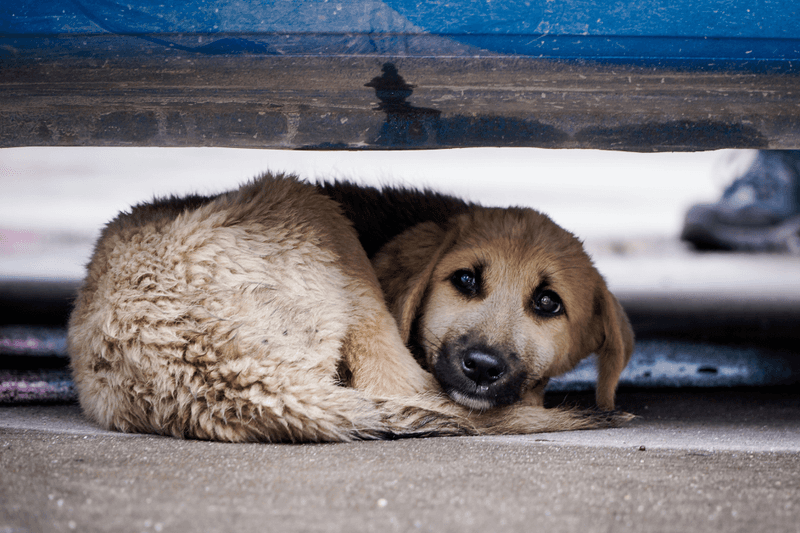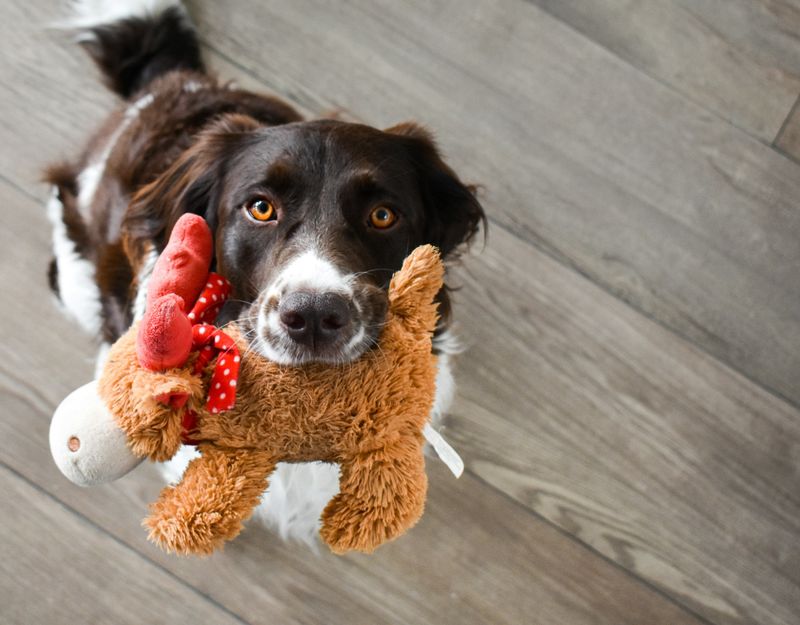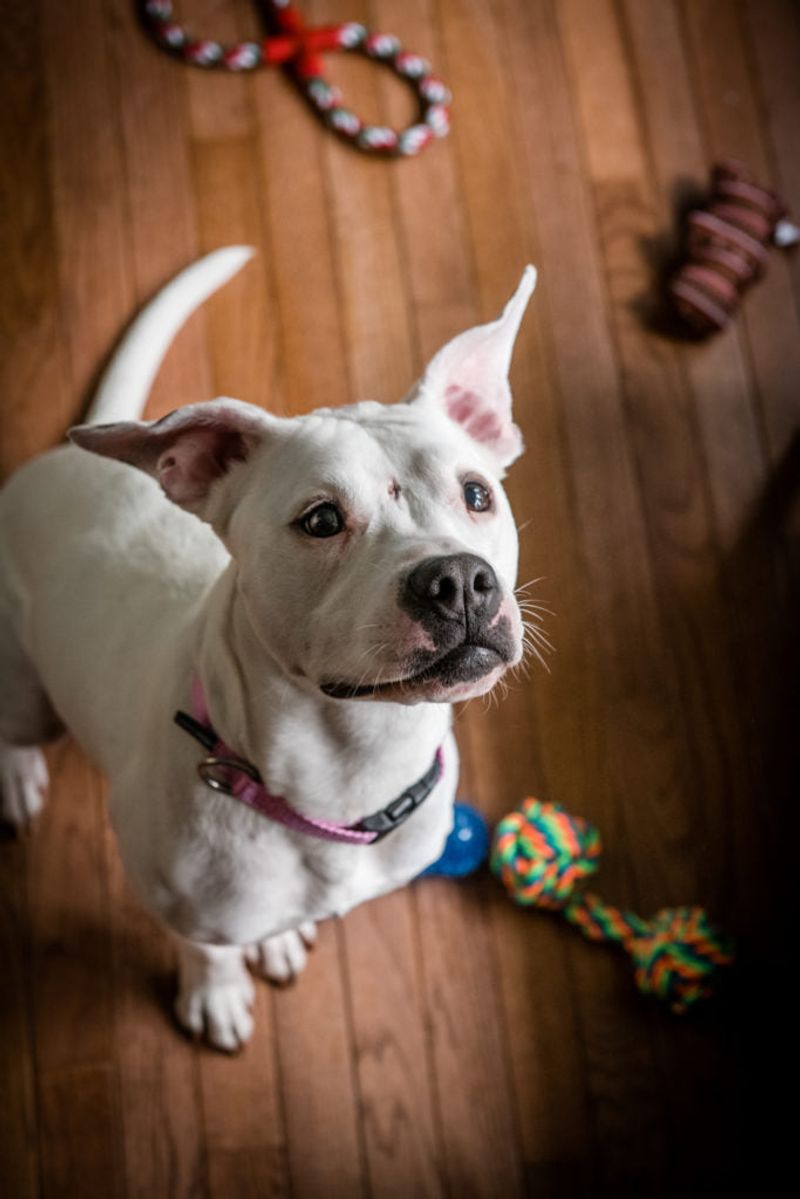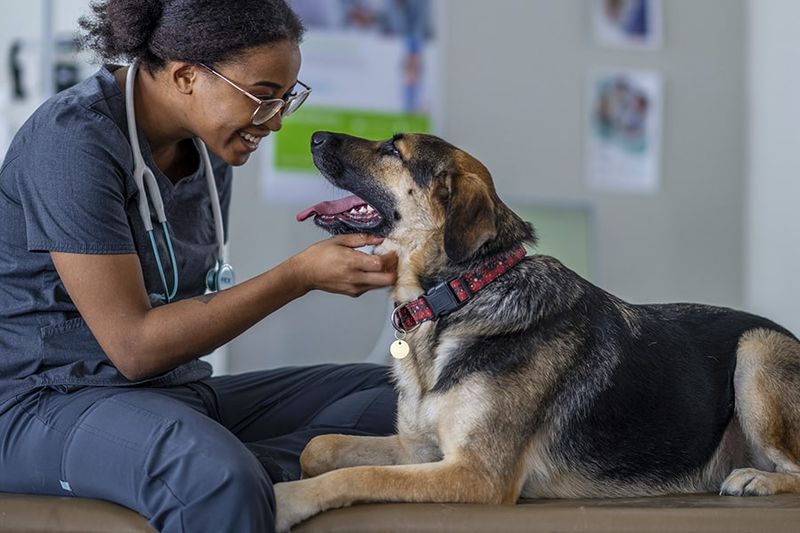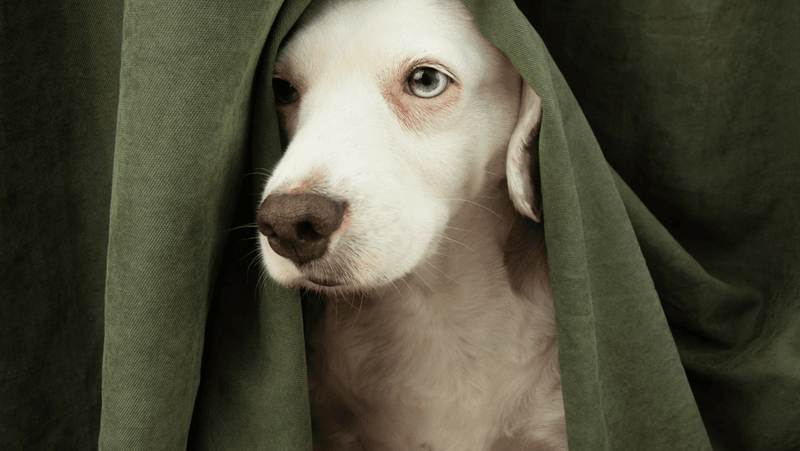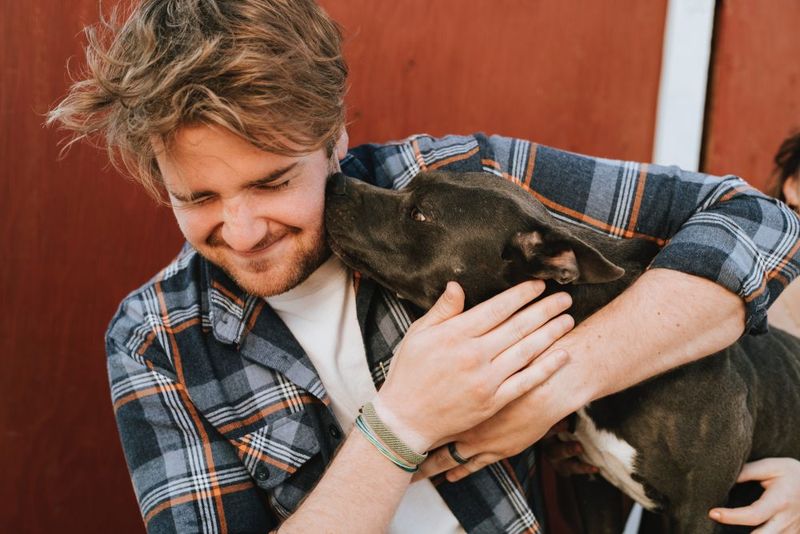13 Reasons Some Dogs Are More Anxious Than Others
Some dogs breeze through life without a care in the world—others tremble at the sound of a doorbell or panic when left alone for five minutes.
If you’ve ever wondered why anxiety hits certain dogs harder than others, you’re not alone. It’s a complex puzzle with many pieces, ranging from genetics to how a pup was raised.
Understanding the causes can be the first step toward offering your dog real comfort. Whether you’re living with a nervous rescue or a clingy companion, knowing what shapes their anxiety can help you respond with empathy.
This article explores the key reasons why some dogs are more prone to anxious behaviors. By recognizing the signs and triggers, you’ll be better equipped to calm their worries—and maybe even prevent them in the first place.
1. Breed Predisposition
Some dogs, like the Border Collie, have an extraordinary ability to focus and respond. Known for their working heritage, these breeds are naturally more alert, making them more prone to anxiety.
The same goes for German Shepherds, whose guarding instincts can lead to heightened reactivity.
Ever wonder why some dogs bark at every little sound? It’s often because of their genetic makeup. Breeds developed for specific tasks may have heightened senses, leading them to respond quickly to stimuli.
This natural alertness makes them great for tasks but can also mean they’re easily stressed. Fun fact: Border Collies are often used in competitive sports due to their quick reflexes!
2. Early Life Socialization
When puppies are young, the world is their playground, full of exciting sights and sounds. But what if they miss out on early socialization?
The critical window for socialization is between 3 to 14 weeks, and without exposure to various experiences, anxiety may develop. A lack of new sights, sounds, and smells can leave them fearful as adults.
Imagine growing up without exploring your neighborhood! Puppies need a rich environment to grow into confident dogs.
Missing out can lead to fear-based anxieties, manifesting later in life. These early days are crucial for developing a well-rounded pup.
3. Traumatic Experiences
Some scars are invisible, especially those from traumatic experiences. Dogs that have faced abuse or abandonment often carry these scars, manifesting as anxiety.
These experiences cast a shadow over their well-being, leading to long-lasting fear responses. Imagine living in constant worry due to past trauma.
Accidents can also contribute to lingering anxiety. The fear of reliving such events may lead to stress and anxious behaviors.
It’s essential to offer love and patience to these dogs, helping them heal from past wounds.
4. Genetic Sensitivity
Ever met a dog that seems naturally skittish? Just like their human counterparts, dogs can inherit certain temperamental traits genetically. Some dogs are simply wired to be more cautious and reactive.
This genetic sensitivity can make them more prone to anxiety. It’s like inheriting a tendency to be shy or introverted.
These traits don’t mean a life filled with fear, but understanding them helps tailor environments and interactions. A gentle approach and patient training can make a world of difference for these sensitive souls.
5. Lack of Mental Stimulation
In a world where boredom leads to anxiety, mentally engaged dogs are happier dogs. Intelligent breeds, such as Poodles, thrive on mental challenges.
Without stimulation, neurotic behaviors can develop, leading to anxious tendencies. Imagine being stuck in a dull routine every day!
Dogs need games, puzzles, and tasks to keep their minds sharp. For intelligent breeds, a lack of mental stimulation can be as distressing as physical confinement. Keeping them engaged prevents unwanted anxiety and enhances their well-being.
6. Inconsistent Routine
Predictability is a dog’s best friend. Sudden changes in feeding times or walks can leave them feeling stressed.
An inconsistent routine can create uncertainty and anxiety. Just like us, dogs find comfort in knowing what comes next.
Imagine the chaos of a constantly changing schedule! Dogs, like Labradors, thrive on a regular routine, and disruptions can lead to anxious feelings. Consistent daily habits can greatly minimize stress for your furry companion.
7. Separation Anxiety
As the door closes, a wave of panic may wash over some dogs. Separation anxiety is a specific form of anxiety when dogs feel overly dependent on their humans.
Being left alone, even for short periods, can lead to behaviors like barking, whining, or destructive actions.
The bond between dogs and their owners is profound, but too much dependence can lead to these anxious feelings. Training and patience are essential in helping dogs cope with being alone.
8. Medical Conditions
Sometimes, anxiety in dogs has a hidden cause. Underlying medical conditions, like thyroid imbalances or pain, can exacerbate anxiety symptoms.
Imagine feeling unwell and not understanding why—it’s a troubling thought. Dogs with undiagnosed conditions may display increased anxiety.
Regular vet check-ups can uncover these issues, offering a path to relief. It’s important to consider that anxiety might be a symptom of something more significant.
9. Owner Behavior
Ever noticed how dogs mirror their owner’s moods? If you’re feeling anxious or stressed, your dog might pick up on these emotions.
Dogs are incredibly intuitive and can sense human tension. Without realizing it, owners can transfer their stress to their furry friends.
Being aware of your own emotions can help create a calm environment for your dog. Relaxation techniques for humans might just benefit both parties!
10. Noise Sensitivity
Thunderstorms, fireworks, sirens—some dogs are especially sensitive to loud noises. This hypersensitivity can lead to chronic anxiety in noisy environments.
It’s like living in a world where sudden loud noises are constantly around you. The unpredictability can be overwhelming.
Creating a safe space during loud events can help these sensitive dogs feel secure. Soundproof areas or calming music can be comforting solutions.
11. Lack of Proper Training
Guidance is key to a well-behaved dog. Without proper training, dogs may struggle with boundaries and exhibit anxious behaviors.
Imagine entering a new environment without any guidance—confusion and anxiety might follow. Training offers clear direction and helps mitigate uncertainty.
Well-structured training sessions can instill confidence in dogs, allowing them to navigate the world without fear. A trained dog is often a happy dog!
12. Over-Attachment or Coddling
A little coddling can lead to over-attachment. Overprotective owners who constantly hover may prevent dogs from developing independence.
Such behavior may fuel clinginess and anxiety. Dogs need space to grow and explore their environment without constant supervision.
Finding a balance between affection and independence is essential. Encouraging self-reliance in dogs can reduce anxiety and enhance their confidence.


